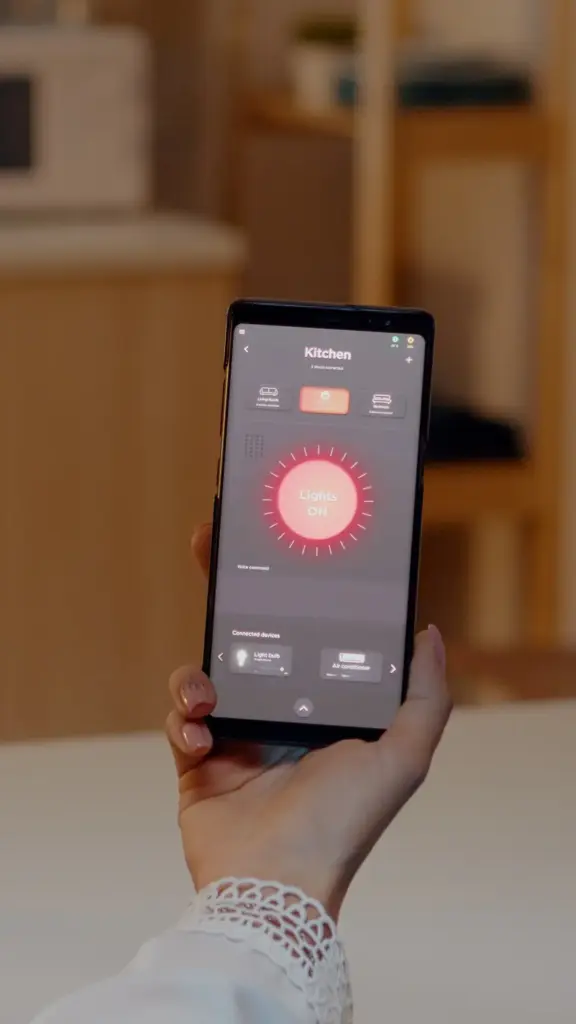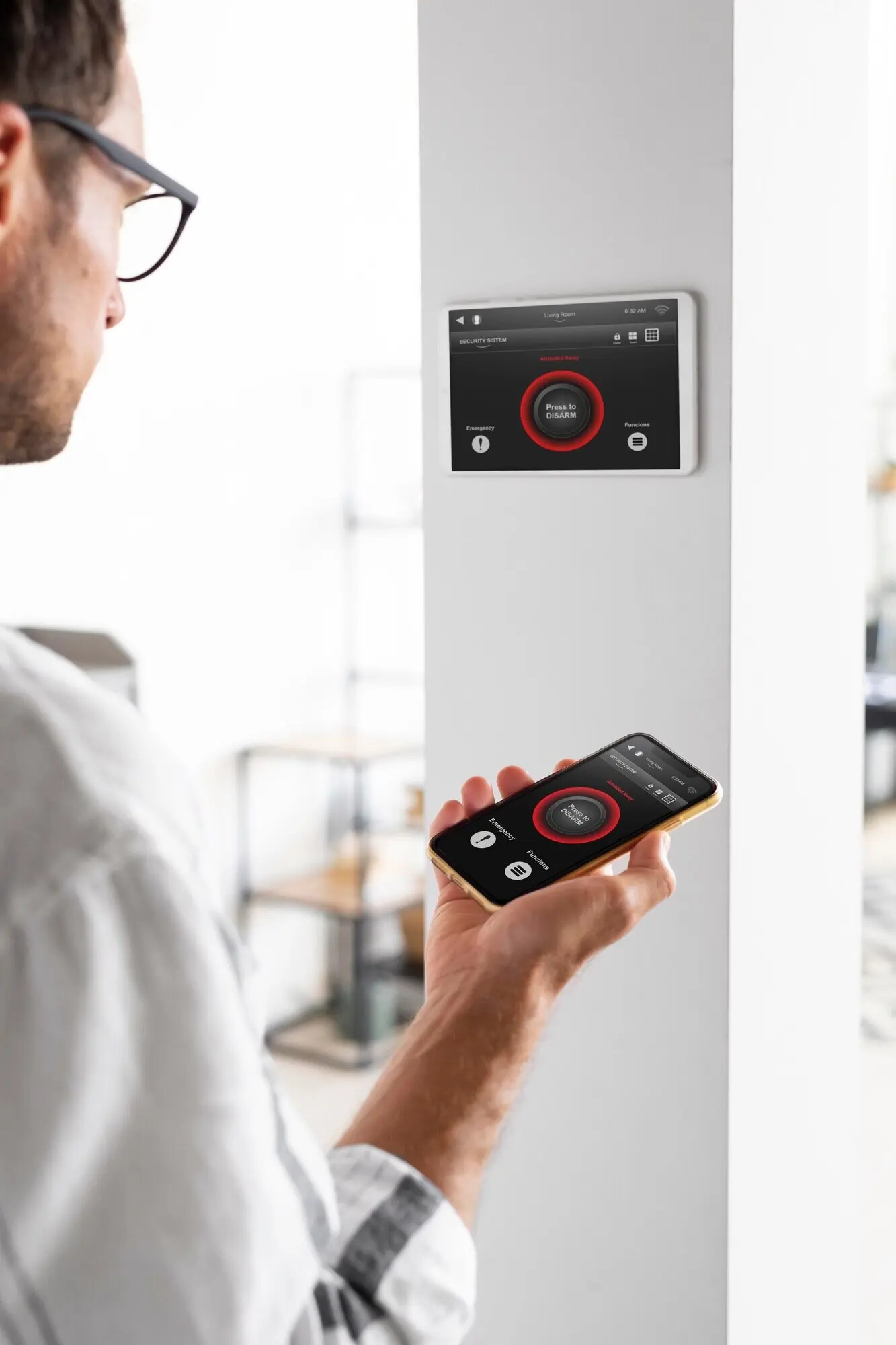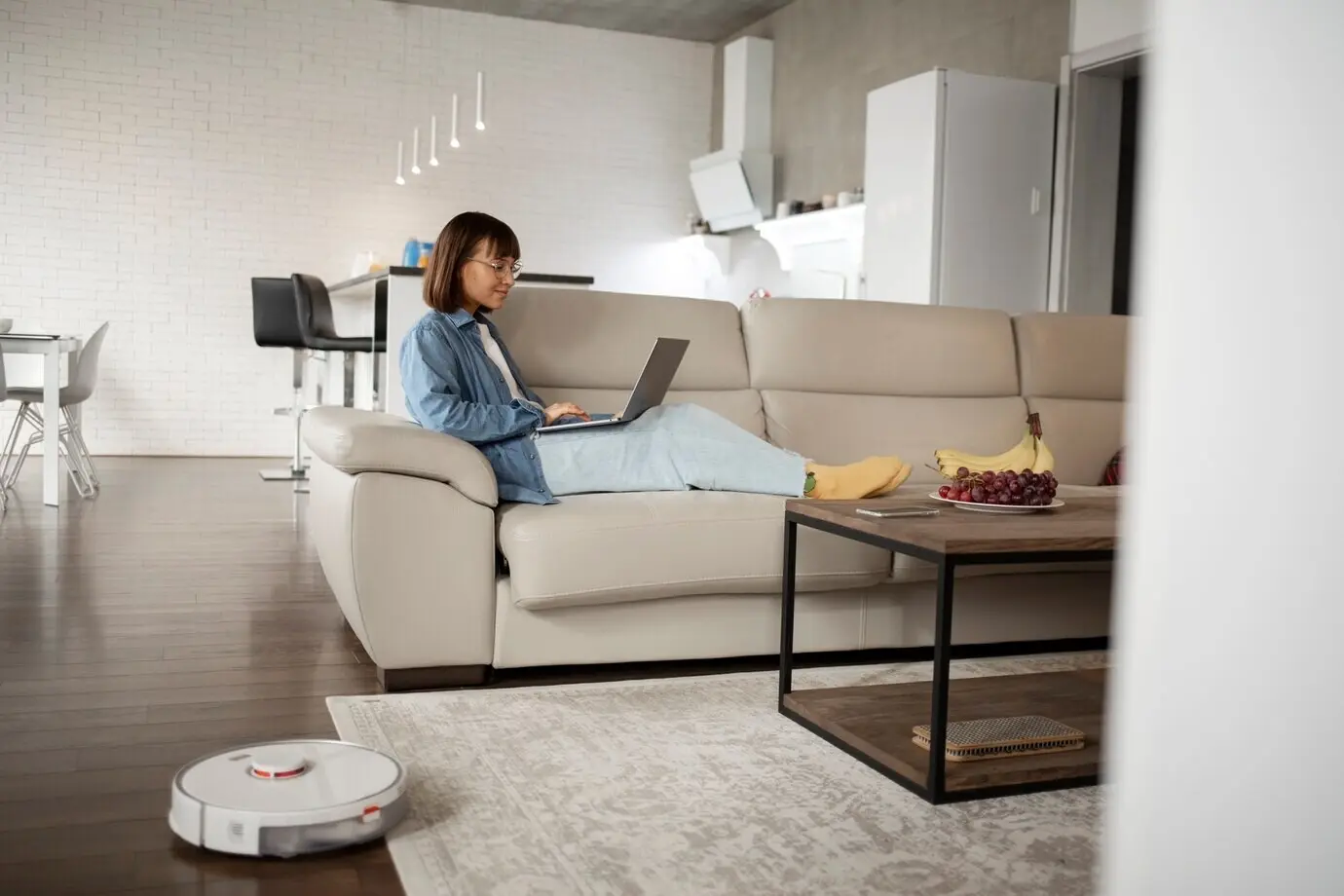Build a Safer Home With Connected Protection
Assess, Plan, and Protect With Purpose

Home Walkthrough and Risk Mapping

Coverage Zones and Field of View Storyboarding

Budget, Phasing, and Quick Wins
Choosing Devices That Play Nicely Together
Cameras: Power, Resolution, and Night Reality
Choose cameras based on viewing distance, identification goals, and ambient light. Higher resolution helps, but lens quality, sensor size, and bit‑rate matter too. Decide between Wi‑Fi convenience and PoE stability. Prioritize true night performance, not just marketing photos. Consider weather ratings, vandal resistance, and adjustable brackets. Look for privacy masking, secure onboarding, and encrypted streams. A pair of solid 4MP PoE domes with good IR can outperform flashy wireless cams that constantly drop signal.
Locks: Convenience Without Compromise
Smart locks should feel effortless while remaining dependable during power or internet outages. Prefer models with mechanical key backups, auto‑lock options, activity logs, and offline PINs. Evaluate battery life and cold‑weather performance. Ensure integration with your platform for shared routines, temporary guest codes, and geofenced unlocking prompts. Consider door alignment, strike box reinforcement, and quiet motor operation. A well‑installed deadbolt with thoughtful access controls prevents lockouts, keeps family moving, and preserves security when schedules get hectic.
Alarms and Sensors: Reliable Signals
An alarm system anchors your setup with clear alerts and professional‑grade reliability. Choose sensors for doors, windows, motion, glass break, and water leaks. Prefer dual‑path communication, tamper detection, and battery status reporting. Ensure sirens are audible where needed without disturbing neighbors unnecessarily. Look for integration that can arm, disarm, and trigger routines securely. Redundancy matters—use cellular backup or local alerts if internet fails. When alarms communicate cleanly, automations work predictably and emergencies get your immediate attention.
Network, Power, and Secure Connectivity


Mounting, Angles, and Weatherproofing

Wiring, Power, and Backup Strategies

Commissioning, Naming, and Baseline Tests
Automations That Make Safety Feel Effortless
Privacy, Trust, and Responsible Use
Consent, Guests, and Clear Communication
Post a polite notice near entrances stating that cameras operate in visible areas for safety. Tell contractors which rooms are unmonitored. Provide temporary access codes that automatically expire. Discuss expectations with teens about notifications and door locking habits. Avoid microphones in sensitive areas. Keep conversations about privacy open and judgment‑free. When people understand what’s recorded and why, they participate more willingly, and you avoid awkward surprises that can undermine trust faster than any technical failure.
Data Minimization and Encryption Practices
Collect only what you need, where you need it. Use privacy masks to block neighbors’ windows and personal spaces. Prefer encrypted streams and secure remote access methods. Rotate credentials, disable unused accounts, and enable automatic updates. Store sensitive footage locally if possible, or choose reputable cloud providers with clear retention controls. Regularly purge stale clips. These habits reduce exposure, simplify compliance, and make recovering from incidents faster, because there is less unnecessary information to secure or explain.
Compliance, Neighborhood Etiquette, and Kids
Research local regulations governing audio recording, shared hallways, and public sidewalks. Angle cameras to avoid shared pools or playgrounds when possible. Share best practices with neighbors through friendly conversation, not confrontation. Teach kids to use keypads safely and to ask before sharing screenshots. Respect delivery workers’ privacy by avoiding interior mics at the door. Responsible etiquette smooths community relationships and prevents legal complications, making everyday security feel supportive, considerate, and aligned with broader community values.
Keep Improving: Monitoring, Maintenance, and Community Wisdom
Health Checks and Proactive Alerts
Incident Reviews and Continuous Learning
Ask, Share, and Subscribe
